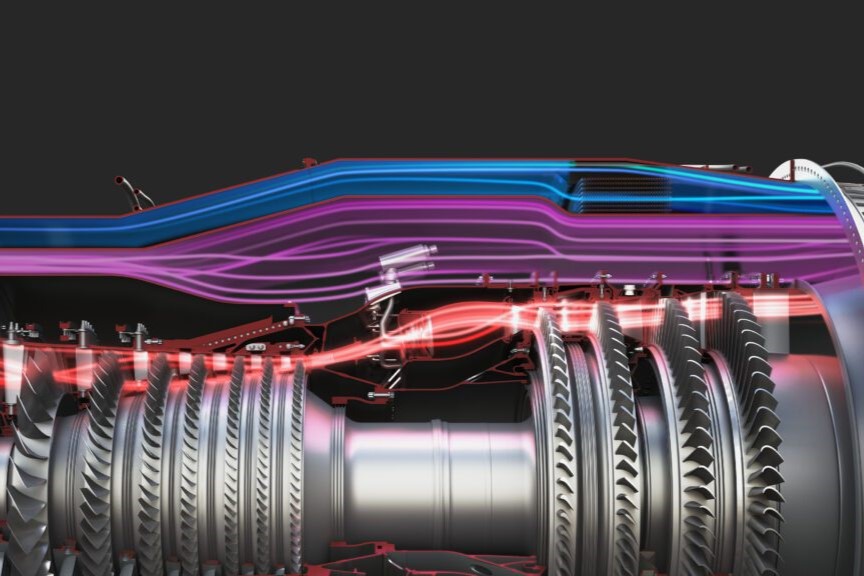GE Aerospace has successfully completed the Detailed Design Review (DDR) for its XA102 adaptive cycle engine, a significant milestone that supports the US Air Force’s Next Generation Adaptive Propulsion (NGAP) program.
Announced on February 19, 2025, this achievement sets the stage for the subsequent phase, which involves procuring, assembling, and testing a full-scale demonstrator engine of the XA102.
According to Dr. Steve “Doogie” Russell, Vice President and General Manager of Edison Works at GE Aerospace, the utilization of model-based engineering has greatly contributed to the success of the XA102 engine design.
“As we transition into the procurement and build phase, we will continue to incorporate this innovative approach while working closely with our supply chain partners to advance the engine toward a full-scale demonstration,” Russell commented.
The XA102 engine builds upon the achievements of its predecessor, the XA100, which successfully underwent multiple testing phases as part of the Adaptive Engine Transition Program (AETP). The XA-100 engine was once considered as the future powerplant for the F-35 fighter jet, but concerns regarding its developmental costs and integration capabilities for all F-35 variants led to a preference for an upgrade to Pratt & Whitney’s F135 conventional engine.
The Next Generation Adaptive Propulsion (NGAP) program
The recent developments are aligned with the advancement of the NGAP program, following a major contract award by the US Department of Defense on January 27, 2025. Contracts valued at up to $3.5 billion each were granted to GE Aerospace and Raytheon Technologies’ Pratt & Whitney for continued work on prototype engines under the NGAP initiative. These contracts focus on essential “technology maturation and risk reduction services” for future combat aircraft propulsion systems, particularly for the sixth-generation fighter jet central to the Next Generation Air Dominance (NGAD) initiative.
As explained in a Pentagon contract notice, the scope of work includes design, analysis, rig testing, prototype engine construction, and testing, along with weapon system integration. This contract modification is intended to facilitate the prototype phase of the Next Generation Adaptive Propulsion program, aiming to deliver state-of-the-art propulsion systems characterized by a flexible architecture that can meet the needs of various mission profiles and enhance the propulsion industrial base through digital transformation.
Adaptive cycle engines, like the XA102, are designed to dynamically adjust airflow paths, compression ratios, and turbine speeds, optimizing performance across a range of flight conditions. This adaptability significantly improves efficiency, thrust, and fuel economy, making such engines especially beneficial for military aircraft involved in diverse operations, from long-range patrols and air superiority missions to stealth engagements. Reports indicate that these engines can provide up to 30% greater range and markedly improve thermal management compared to conventional combat engines.
Both GE Aerospace and Pratt & Whitney are expected to continue their prototype development efforts through 2032.
